Orange Hat Tomato – Plant Spotlight
Learn how to grow Orange Hat – a dwarf tomato that’s perfectly sized for growing in pots and in small spaces!

Why is this plant interesting?
Orange Hat is a super-small dwarf bush tomato: so small, it will happily produce an astonishing amount of small, delicious tomatoes in a six-inch pot on a windowsill!
This makes it an ideal plant for anyone who wants to grow tomatoes, but lives in an apartment or has a very limited garden space so can’t give up the space a full-sized tomato plant needs. It’s still a tasty tomato, but on a smaller scale!
These compact plants won’t produce as much as a full-sized tomato plant, of course. But if you’re struggling to find a way to fit a tomato on your balcony garden, or longing for a bit of greenery on your windowsill, why not give Orange Hat tomatoes a try?
Even if you don’t have limited space, still consider giving a little corner of your house, porch, or garden to one or two of these compact, hard-working tomato plants. With their sweet taste, bright color, and compact size, they’ve certainly earned our love (and a spot on the windowsill) from this year on!

At a Glance
- Plant: Dwarf Tomato/Patio Tomato (Solanum lycopersicum)
- Determinate or Indeterminate: Determinate
- Color: Orange fruit, dark green foliage
- Frost-Hardy: No
- Lifespan: Tender perennial grown as an annual
- When to plant: Start indoors 6-8 weeks before estimated last frost date. Transplant or move outside after all risk of frost has passed.
- Edible: Yes
- Part eaten: Fruit
- Requires support: No
How to grow Orange Hat Dwarf Tomatoes
Dwarf tomatoes are grown exactly as you would any other kind of tomato when starting from seed. Germination is fairly good for Orange Hat – from our experience we’ve found about 7 out of 10 seeds germinate.
Related Article: How to Grow Tomatoes from Seed
If transplanting out into your garden, prepare the soil for them as you would any other tomato: a generous helping of compost, a shake or two of fertilizer if needed, mix it all up and put your tomato in the hole. Unlike most tomatoes, we don’t strip off all the bottom leaves and bury the stem when doing this.
Make sure the location gets at least 6 hours of full sun. Water well after transplanting.
If keeping in a pot, use a rich potting soil – we like Foxfarm’s Ocean Forest blend- and small pots. A minimum of a 6-inch pot is recommended, though you can go larger if you’d like – a gallon pot (or an even larger container) could potentially fit two plants at once. Water well after transplanting. Place the pot in a location that gets full sun, meaning it gets a minimum of 6 hours of direct sunlight, or under an electric light source like a grow light.
Check the soil daily to tell when you need to water. Watering needs will vary by climate and weather. If leaves begin to yellow, dose with a liquid fertilizer such as fish emulsion. Only move the potted tomato plant outdoors after all risk of frost is completely past.
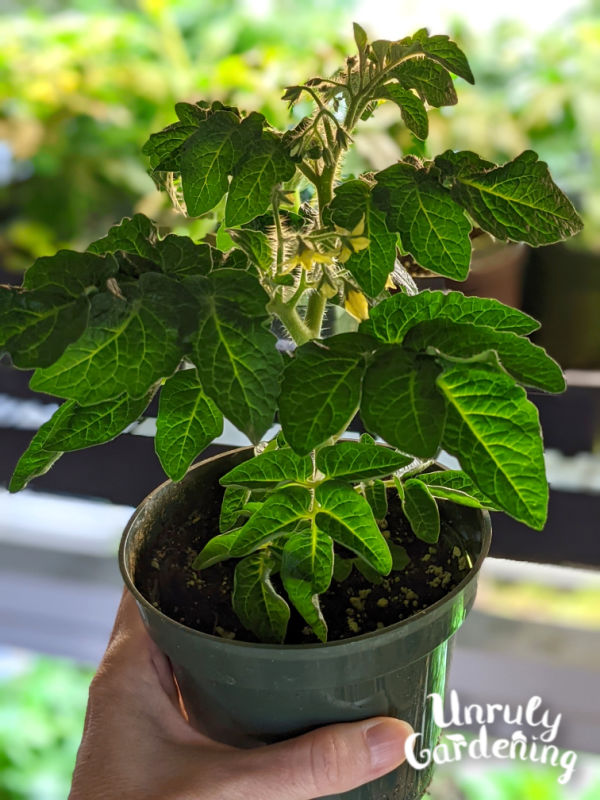
What about pruning and staking?
Rejoice! There is absolutely no need to prune micro dwarf Orange Hat tomatoes. They don’t make vines like most tomatoes, either, so no supports are required, either! Once they’re transplanted, all you need to do is water them on occasion, perhaps give them a drop or two of fertilizer, and wait for the fruits.
How to Harvest + Plant Uses:
The tomatoes are ripe and ready to harvest when they’re no longer hard and are orange in color. They can be harvested when they’re more yellow than orange, but they’re not fully ripe then and their taste isn’t quite as developed. Still delicious, though!
Uses
The biggest use – and the one the most of us are likely to go for – is snacking! Simply pop them off the plant and into your mouth, bite through the tender skin, and enjoy the sweet taste of a sun-warm, fresh-off-the-vine tomato.
They’re also delicious in salads! Slice them into discs, halves, or quarters, or simply throw them in the salad whole.

Anything else?
At the moment, we don’t have a Orange Hat tomato specific recipe on our site. Probably because unlike other tomatoes, you don’t actually tend to get flooded with more than you can eat, even if you have more than just a single plant!
Considering its sweetness, the acid level in these tomatoes is a bit of an unknown. We’re not sure there’s enough acid in them to safely can, so we recommend against it, at the moment.
(If you have just a lot of tomatoes ready at the moment in general, though- and Orange Hat happens to be a variety among them- and you need a way to use them up, we do have a Homemade Tomato Sauce recipe you can check out HERE!)
One last use, and perhaps one that’s a bit out of the ordinary- between the pretty dark green color of the leaves, and the bright pop of color that’s the fruit, some people might be interested in growing this tiny plant as an edible ornamental. It can line the border of a vegetable garden, or maybe be tucked in among a bed of flowers, or scattered about a spiral of herbs. Tasty and pretty, all in one plant!
F.A.Q
Will my Orange Hat tomatoes produce if I’m keeping them indoors?
If you keep your tomato plants completely indoors, where there is no breeze and no insects, you will have to pollinate them or they won’t produce. Luckily, this is easy to do!
When you notice an open flower, simply flick the stem a few times to vibrate the flower, which should cause it to be pollinated. Do this a couple times over the day, and possibly for a few more days.
Eventually, the flower should dry up and fall off. If you look very closely and carefully at the stem it just left behind, you should be able to see the first signs of a tomato fruit starting to form if you were successful. Repeat for every flower you see on your plant.
Fruits take a long time to ripen, so don’t worry if you’ve got clusters and clusters of green fruit and they don’t seem to be turning color- don’t fret! They just need some more time.
What do the fruits taste like?
Sweet! Orange Hat tomatoes, in our opinion, first have a fruity sweet flavor (still distinctly tomato-tasting) when you bite into them. The tang of the acid hits afterwards, but it’s a light one. Very tasty!
Where can I buy Orange Hat Tomato Seeds?
We bought our seeds from Baker Creek (rareseeds.com), but other sellers may stock this seed. Check your favorite online seed store to see if they carry it!
Are there other dwarf tomato varieties other than Orange Hat?
There sure are! Two other varieties we’ve enjoyed growing (but not written articles about yet) are Micro Tom and Minibel. They’re both red dwarf tomatoes. Micro Tom produces little red tomatoes similar in size (and has a similar growth habit) to Orange Hat, while Minibel is a slightly larger plant that forms a bit more of a bush. They’re both delicious and are worth growing too!
There are other varieties of dwarf tomatoes existing, but we’ve yet to obtain or grow seeds for them. When we do get our hands on some of them, we’ll write a post about them!

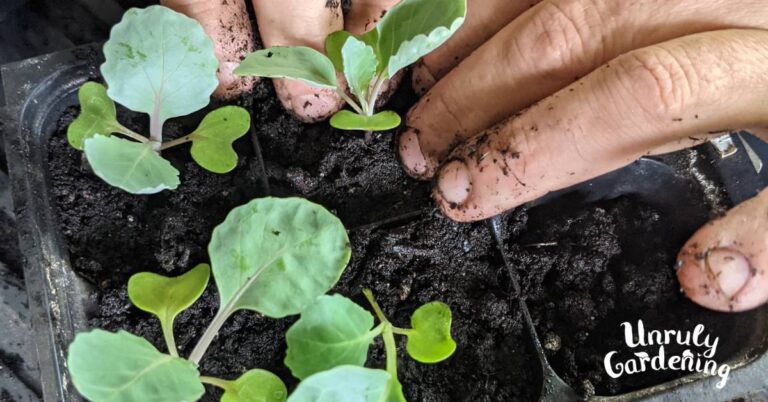
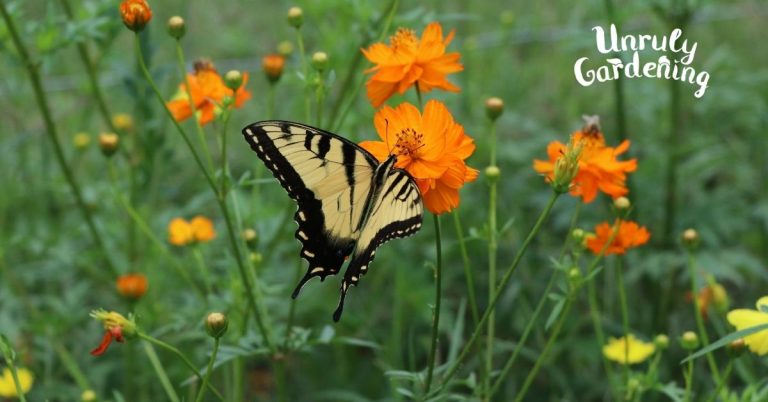
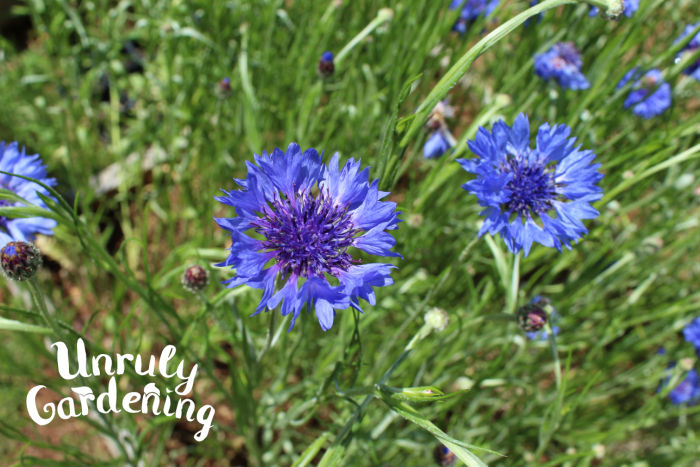
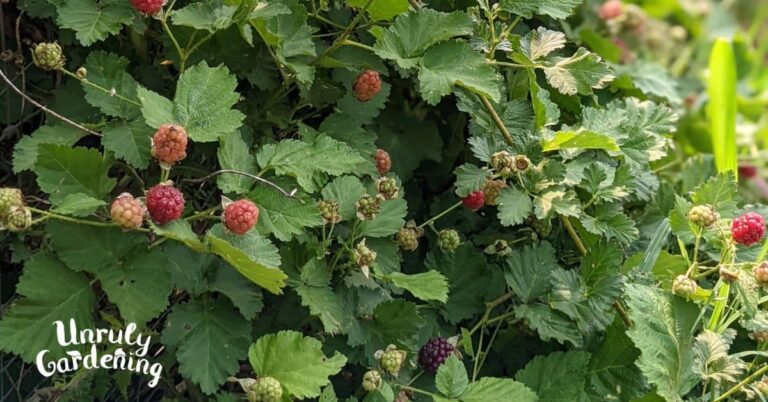
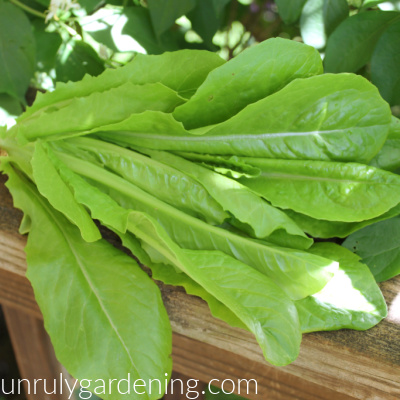
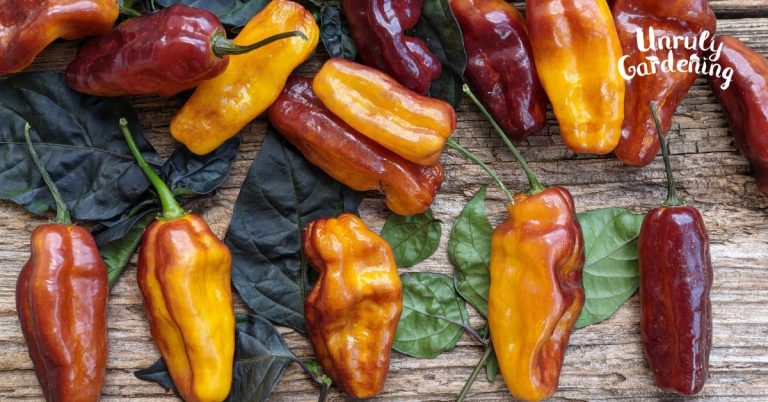
Thank you for the info on the orange hat tomatoes. I have 2 started indoors and intend to use a grow light and needed some information to see them through. Thanks again 😀
Hi Barbara, So happy the information was helpful! I hope they perform well indoors for you too! 🙂
Hi…
We have had our hat tomato growing inside for almost a year and it is still producing fruit. The plant however is looking a little rough. How long will a plant last before having to replace it?
Hi Dori, That’s wonderful that your tomato has lasted so long! We start in early winter for early tomatoes indoors, but then plant them all outdoors in the garden with other tomatoes for the growing season and haven’t kept one around a full year. So you have us beat on longevity! If you want to keep a supply going, I would probably go ahead and start more, since this one could very well be nearing the end of its natural life span. Best case, it lives a lot longer and you have an extra plant to enjoy! 🙂